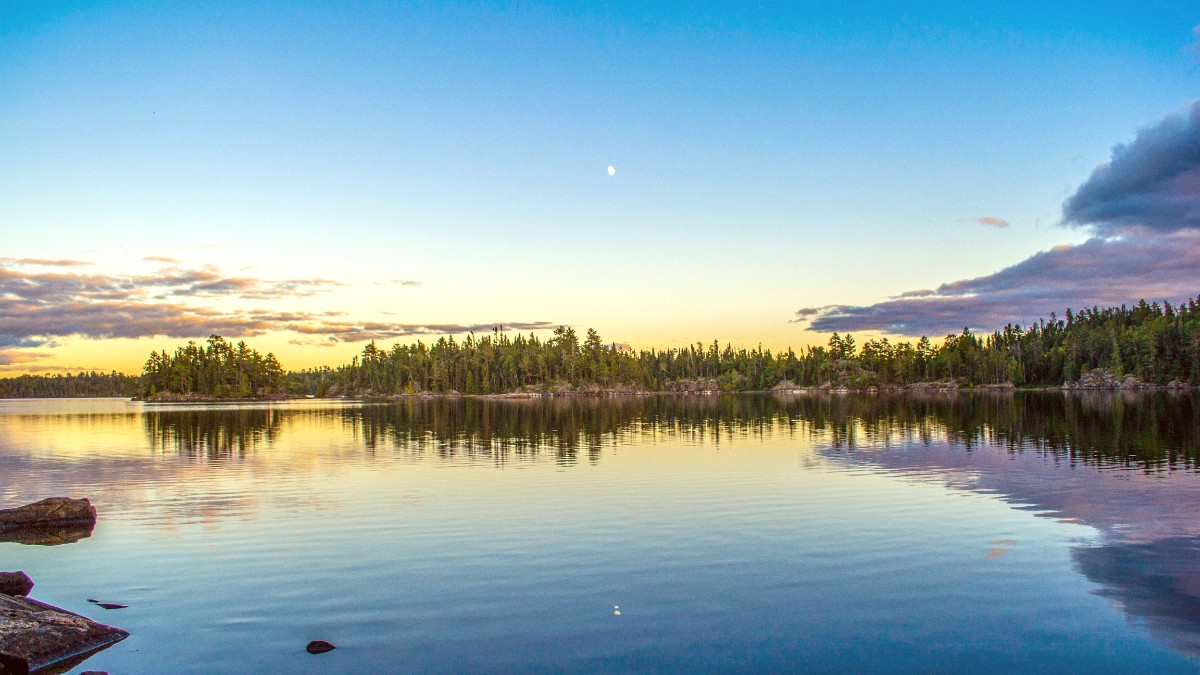
Minnesota, USA
A well-structured timeline bolsters trip readiness and avoids last-minute rush.
Follow this guide for a smooth planning process, from initial booking to final packing.
This is the most important step for securing your preferred entry point and date, especially during peak season (June-August) or to a popular entry point. Permits release daily on a rolling six-month basis via Recreation.gov. Be ready to book as soon as your date becomes available.
Finalize your group members and begin discussing potential routes and trip duration. This aids in selecting the correct permit type and numbers.
If you plan to use an outfitter for gear rental, food packages, or shuttle services, research reputable options. Some outfitters book quickly.
Book your canoe rental, any required group gear (tent, packs, sleeping bags), food packages, and shuttle services with your chosen outfitter. Specify lightweight Kevlar canoes if desired.
Reserve pre/post-trip lodging in your chosen gateway town (Ely, Grand Marais, etc.). These also fill quickly, specifically on weekends or during popular local events. Begin thinking about your food plan.
Start acquiring or checking all required personal items, including appropriate clothing layers, a sleeping bag rated for expected temperatures, a sleeping pad, and a personal pack. Wash and inspect all gear.
Ensure you have all personal items. Purchase or acquire appropriate maps and guidebooks for your chosen route. If you plan to use a guidebook, obtain it now for reading time.
Get a Minnesota fishing license if applicable, online from the Minnesota DNR website. Double-check your BWCAW permit, outfitter services, and accommodation bookings. Review Leave No Trace principles.
Secure your home: lock doors, set alarms. Arrange for pet care, mail holds, and plant watering. Unplug non-essential electronics. Inform a trusted contact of your detailed itinerary, including entry/exit points and dates.
reservations make your trip possible and smooth, especially during peak seasons.
Thorough research refines your plan and readiness for the wilderness.
Secure your home before venturing into the wilderness, ensuring peace of mind.
Develop a detailed packing list and check it off as you pack. This prevents forgetting important items and aids organization.
The first steps upon arriving in the Boundary Waters region establish the tone for your wilderness trip.
This is typically your first stop. Pick up your official BWCAW permit (even if reserved online, the physical permit must be obtained here) and any rented gear.
Many outfitters or Forest Service offices require or offer a briefing, including a video, on BWCAW rules and Leave No Trace principles. Pay attention to any current fire restrictions or special advisories.
This could include bait, extra fuel for your stove, or ice for your cooler (for pre-trip use). Ensure you have enough cash for small purchases or tips, though credit cards are widely accepted in towns.
With your group, trace your planned route on your physical maps. Discuss navigation strategies for specific lakes or portages.
Go over what to do in case of an emergency (injury, lost person, severe weather). Confirm everyone knows how to use the satellite communication device.
If you have a shuttle arranged, confirm the pick-up time and location. If driving your own vehicle, secure clear directions to the entry point.
Get your physical permit as early as possible on your entry day.
This tactic avoids delays and enables an earlier start on the water.
Review your packing list one last time to confirm everything is accounted for.
This final check lessens the chance of forgetting items before heading to the entry point.
If driving, ensure your vehicle is ready for the drive to the entry point.
Check tire pressure and fuel levels to prevent unexpected issues.
Get your physical permit as early as possible on your entry day. This avoids delays and enables you to get on the water sooner.
Your journey home deserves careful thought and planning.
Do not rush your departure.
Plan your exit day conservatively. Allow extra time for headwinds, slow portages, or unexpected stops.
Rushing can detract from the final wilderness moments.